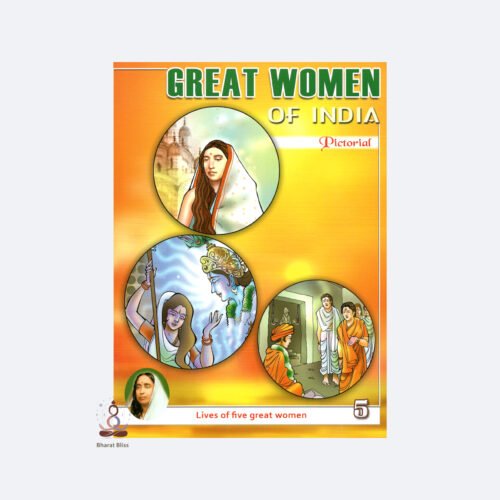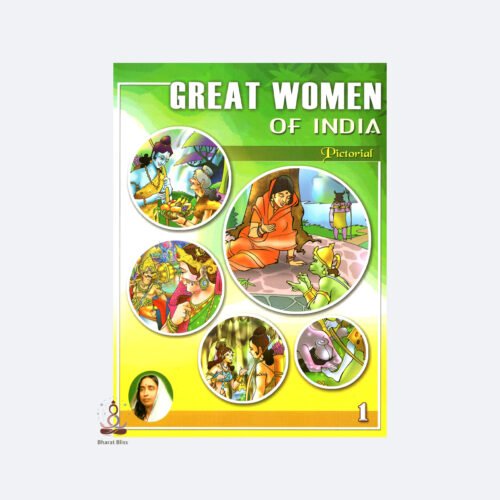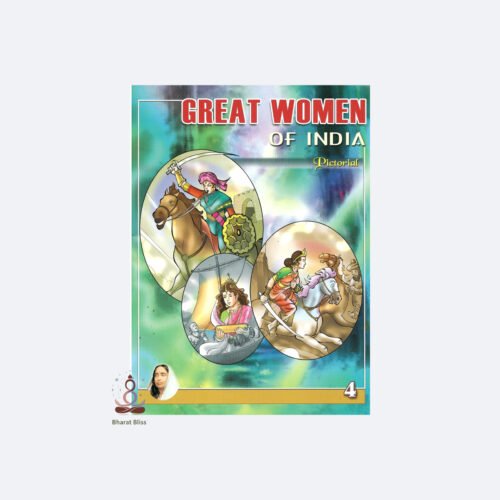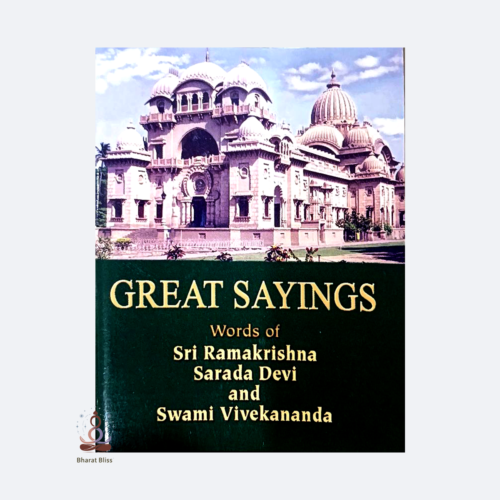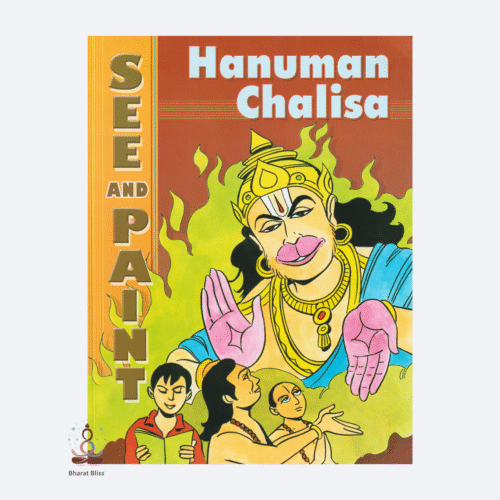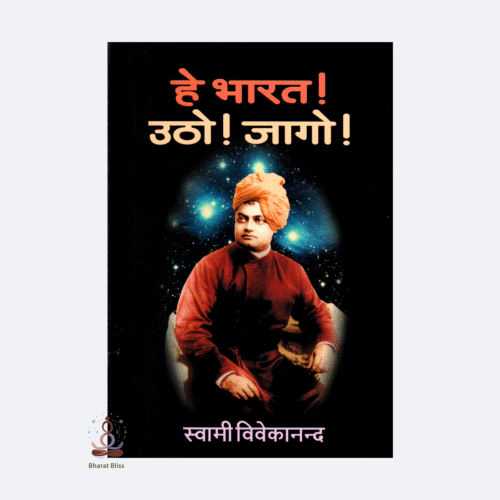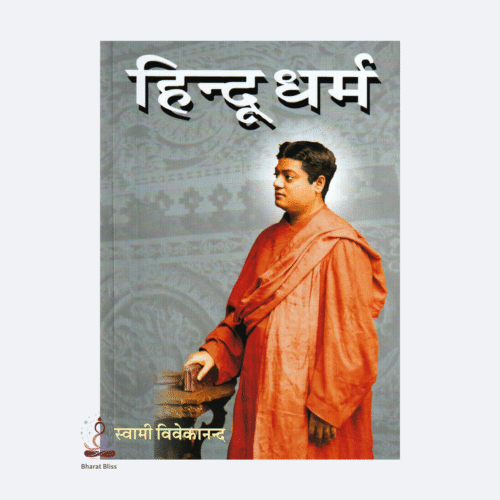1. Zeus (Greek Mythology)
Description: King of the gods, ruler of Mount Olympus, and god of the sky and thunder.
Painting Style: A powerful, bearded man with a muscular build, holding a lightning bolt in one hand. He wears a flowing white robe, often surrounded by storm clouds and eagles.
2. Aphrodite (Greek Mythology)
Description: Goddess of love and beauty.
Painting Style: A stunningly beautiful woman with long flowing hair, often shown rising from the sea on a shell (like in Botticelli’s The Birth of Venus), with doves or roses around her.
3. Odin (Norse Mythology)
Description: All-father of the gods, god of wisdom, war, and death.
Painting Style: A wise, old man with one eye (he sacrificed one for knowledge), wearing a cloak and wide-brimmed hat. He’s accompanied by two ravens, Huginn and Muninn, and often holds a spear.
4. Thor (Norse Mythology)
Description: God of thunder, protector of mankind.
Painting Style: A strong, red-bearded warrior holding his mighty hammer, Mjölnir, with lightning striking around him. He wears armor and a red cape, often seen riding a chariot pulled by goats.
5. Lakshmi (Hindu Mythology)
Description: Goddess of wealth, fortune, and prosperity.
Painting Style: A radiant woman sitting or standing on a lotus flower, dressed in a red or gold sari, with coins flowing from one of her hands and elephants showering water behind her.
6. Shiva (Hindu Mythology)
Description: The destroyer and transformer, part of the holy trinity (Trimurti).
Painting Style: A meditating figure with ash on his skin, a snake around his neck, the Ganga river flowing from his hair, a third eye on his forehead, and a trident (trishula) in hand.
7. Isis (Egyptian Mythology)
Description: Goddess of magic, motherhood, and healing.
Painting Style: A regal woman with a throne-shaped crown or cow horns with a sun disk, wearing a long dress, sometimes with wings spread wide like a protective bird.



